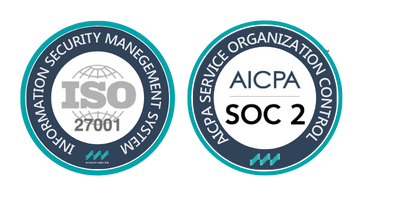Credit scoring models play a fundamental role in the risk management practice at most banks. They are used to quantify credit risk at counterparty or transaction level in the different phases of the credit cycle (e.g. application, behavioural, collection models). The credit score empowers users to make quick decisions or even to automate decisions and this is extremely desirable when banks are dealing with large volumes of clients and relatively small margin of profits at individual transaction level (i.e. consumer lending, but increasingly also small business lending).
SIMILAR POSTS

Key Credit Risks From the IMF’s Global Financial Stability Report
Lending Into Fragility: Key Risks From the IMF’s Global Financial Stability Report For lenders navigating deteriorating credit conditions, the IMF’s [...]

Defaults and Recoveries: Navigating Risk in Private Credit
When it comes to understanding credit risk, many models assume that defaults and recovery rates are independent. However, deeper [...]

Default Rates: 2025 Private Debt Forecasts
Default Rates: An In-Depth Look at 2025 Private Debt Forecasts Private debt defaults often involve complexities that go beyond [...]



